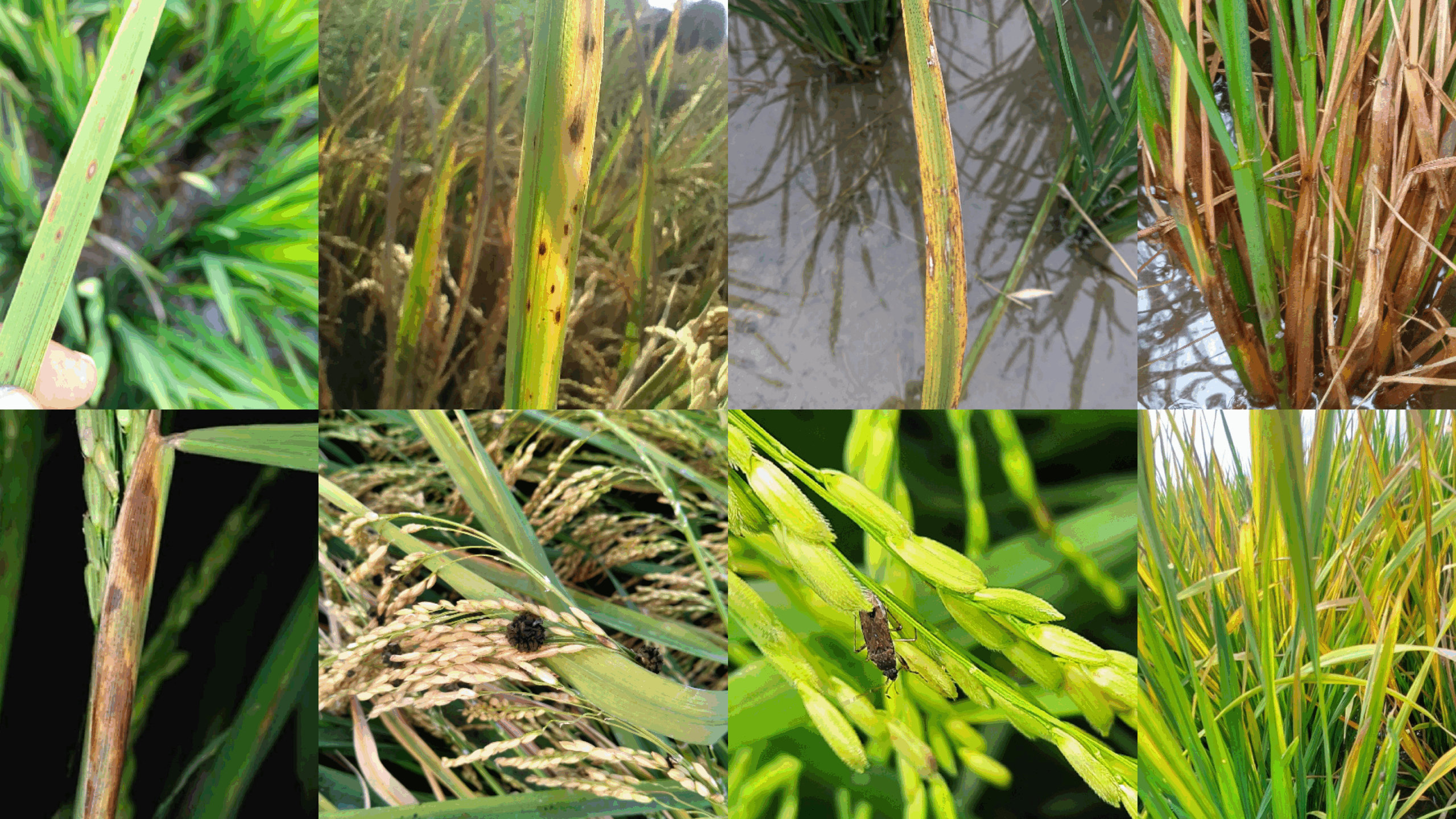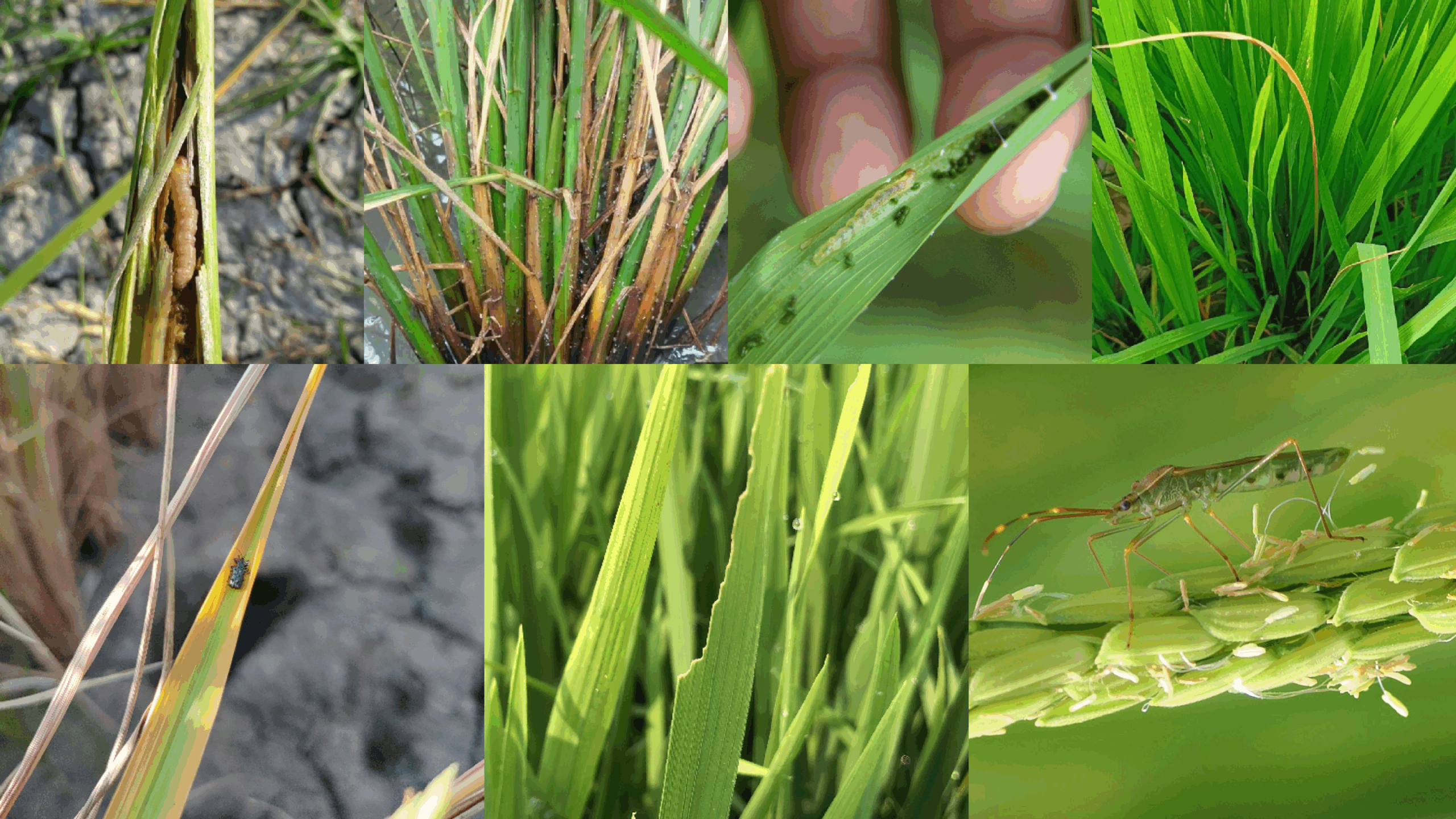Introduction of Paddy:
Rice is the most important food for Indians. It is grown across the country and supports crores of farmers. India is the second-largest rice producer in the world. Paddy is mainly grown in the Kharif season (June to October) and in some places during the Rabi and Zaid seasons.
Varieties of paddy:
Normal: Telangana Sona, Kunaram 1638, Warangal 962, Jagtial 94423, Kunaram 118, Tella Hamsa, MTU 1010, Rajendranagar Vari 28361, NLR 3648, Warangal Vari 1119.
Hybrids: Arize Hybrids, DRRH 4, Samulai-1444, KRH-2, Pusa-2090, PA 6444, Suruchi 5401, DRRH 3.
Top Paddy-Growing States:
West Bengal, Uttar Pradesh, Punjab, Tamil Nadu, Andhra Pradesh, Bihar, Chhattisgarh, Odisha, Telangana, Assam, Haryana.
To get a good harvest, better grain quality, and higher income, farmers must follow a proper step-by-step method. That’s why this SOP (Standard Operating Procedure) is prepared.
Area & Production:
Paddy is India’s most important food crop, grown across 44–46 million hectares each year, making the country the second-largest rice producer in the world. Annual production is estimated at around 135–140 million tonnes of rice, with an average yield of 3.1–3.5 tonnes per hectare. Major producing states include Uttar Pradesh, West Bengal, Punjab, Andhra Pradesh, Telangana, Chhattisgarh, Odisha, and Bihar. Kharif is the main season, but rice is also grown in Rabi and summer in some regions. Paddy farming supports millions of farmers and is vital for food security and exports.
Soil: Grows best in clay loam or loamy soils with good water holding and drainage, pH 5.5–7.0. In the Deccan Plateau area, most of the soil is black soil, and farmers use it to grow paddy.
Climate: Needs 750–1250 mm rainfall, 20–30°C temperature, and lots of sunlight.
Best Time: Make the nursery bed about 25 to 30 days before you want to plant in the main field.
Kharif Season: For the rainy season crop, start nursery work between mid-May and mid-June.
a. Dapog (Mat) Nursery:
When to Start: 14–20 days before you want to transplant.
How to Do:
- Select a flat place near a water source.
- Spread banana leaves (with midrib removed), a plastic sheet, or a cemented floor on the ground to prevent roots from penetrating the soil.
b. Wet Seed Bed:
When to Start: 25–30 days before transplanting.
How to Do:
- Choose a place near water.
- First, plough the land dry, then add compost or cow dung.
- Flood the field and keep water for 2 days.
- Mix the soil well to make it soft and muddy.
- Level the field and make beds (2.5 metres wide, 8–10 metres long) with small water channels.
- Sow sprouted seeds on the wet soil.
Where to Use:
This is the most common method in India, where water is available.
c. Direct Sowing Bed:
When to Start: At the beginning of the season, no need to prepare the nursery.
How to Do:
- Plough and level the main field well.
- Mix compost or cow dung in the soil.
- Sow dry or pre-germinated seeds directly in the field.
- For dry sowing, broadcast seeds on dry soil and cover lightly.
- For wet sowing, broadcast sprouted seeds on puddled, wet soil.
- Use 35–50 kg of seed per acre.
Where to Use:
Best for areas with less labour or less water, and where quick planting is needed.
- Prepare a soil mix: 70% soil, 20% well-decomposed compost/cow dung or pressmud, and 10% rice hull[1][2].
- Mix in DAP or NPK fertilizer (e.g., 1.5 kg DAP or 2 kg 17-17-17 NPK per 100 m² of nursery)[2].
- Spread a thin layer of the soil mixture over the base.
- Sow pre-germinated seeds evenly and cover with a thin (about 5mm) layer of dry soil[2].
- Water gently to keep the bed moist but not flooded.
- Plough 3–4 times for fine tilth.
- Puddle the field (flood and churn) to hold water.
- Level the field for even water and nutrient spread.
- Add 2 tons of farmyard manure per acre during puddling.
Transplanting Method: Use 20 to 30 kg of seed per acre (about 50 to 75 kg per hectare).
Direct Seeding Method: Use 35 to 50 kg of seed per acre (about 75 kg per hectare).
SRI Method (System of Rice Intensification): Use 5 to 8 kg of seed per acre (about 12 to 20 kg per hectare).
Treatment:
- Fungicide: Use Carbendazim or Thiram at 2 grams per kg of seed.
- Bacterial Protection: Use Streptocycline for soaking seeds (follow expert advice for quantity).
- Salt Solution: Soak seeds in salt water for 10 minutes. Remove and throw away the seeds that float. Use only the seeds that sink. (After treatment, dry the seeds in shade before sowing.)
Transplanting:
Move 20–25 day-old seedlings (2–3 leaf stage) to the main field.
Direct Seeding:
Sow pre-germinated seeds directly.
SRI:
Use 10–12 day-old single seedlings for best results.
| Method | Spacing (cm) | Seedlings/Hill |
|---|---|---|
| Transplanting | 20 x 15 | 2–3 |
| Direct Seeding | 20 x 10 | 1–2 |
| SRI | 25 x 25 | 1 |
Basal Application (before transplanting or final puddling):
- Nitrogen (N): 40–50 kg/ha (20 kg/acre)
- Phosphorus (P2O5): 20–25 kg/ha (10–12 kg/acre)
- Potash (K2O): 20–25 kg/ha (10–12 kg/acre)
- Apply full dose of phosphorus and potash, and one-third of nitrogen as basal dose before or at transplanting.
Top Dressing (after transplanting):
- Split the remaining nitrogen into 2–3 doses: at tillering, panicle initiation, and flowering stages.
- Adjust fertilizer rates based on soil test results, crop variety, and field conditions.
Additional Tips:
- Incorporate 2 tons of farmyard manure (FYM) per acre during field preparation for better soil health.
- In zinc-deficient soils, apply 10 kg/acre zinc sulphate at final land preparation.
- For sandy soils or special conditions, consult local recommendations or soil test results for precise adjustments.
- Keep 2–5 cm of water in the field during early growth.
- Drain water before harvest for easy cutting.
- For SRI (System of Rice Intensification), use less water—keep soil moist, not flooded.
- Manual weeding at 20 and 40 days after planting.
- Use a rotary weeder in SRI; turn weeds into soil for organic matter.
- Pre-emergence herbicide (Pendimethalin) can be used as per recommendation.
Chemical Control:
- Pretilachlor 50% EC: Use 750 ml per acre (1.5 litres per hectare) as pre-emergence, 3 days after sowing or transplanting.
- Butachlor 50% EC: Use 1 litre per acre (2 litres per hectare) as pre-emergence, 3 days after sowing or transplanting.
- Pyrazosulfuron-ethyl 10% WP: Use 8 g per acre (20 g per hectare) at 3 days after sowing or transplanting.
- Harvest when grains are golden and hard (15–20% moisture).
- Cut, dry, and thresh carefully to avoid losses.
- Dry grains to 12–14% moisture for safe storage.
Want to be part of our next event?

